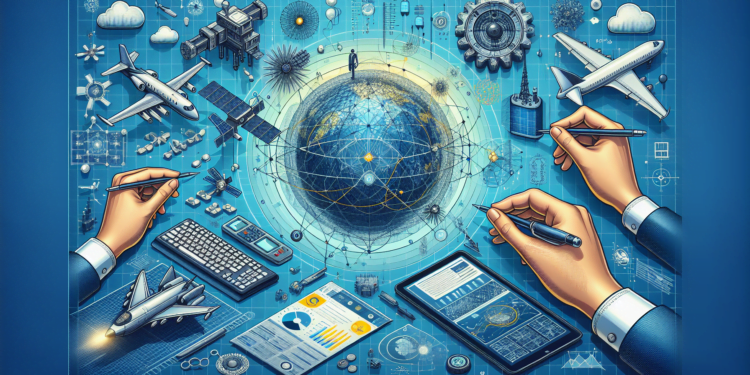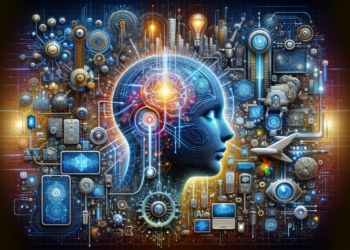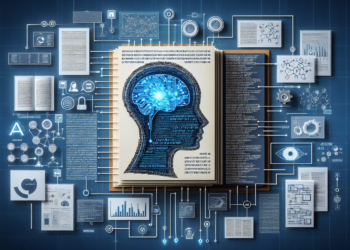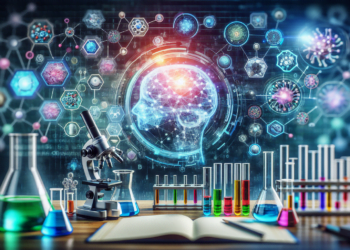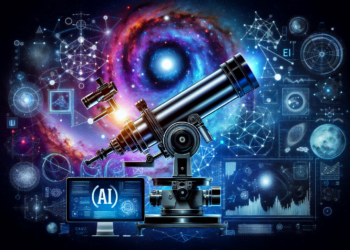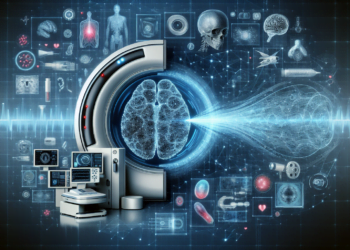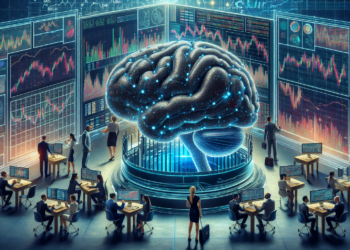Artificial intelligence (AI) is a blend of techniques that converge towards a common goal: endowing machines with cognitive abilities that mimic, and even surpass, those of human beings. Within this broad spectrum, Convolutional Neural Networks (CNNs) and Graph Neural Networks (GNNs) stand out as two of the most significant advancements, particularly in the field of autonomous navigation systems; their importance lies in the precision and safety they provide, crucial characteristics for this application.
Convolutional Neural Networks (CNN)
Originating from the study of the human visual cortex, CNNs are a prime example of how biomimetic discoveries propel technological advancements. By applying convolutional filters, these networks can identify and extract hierarchical patterns in images, which is essential for visual perception in navigation systems. The most notable contribution of CNNs in this area is the accurate detection and classification of objects, an indispensable task for avoiding obstacles and for the contextual assessment of the environment.
The incorporation of deep learning techniques into CNNs has led to an unprecedented evolution in image recognition. Algorithms like Inception and ResNet, which employ deeper and more complex structures, have achieved milestones in reducing classification error, even challenging human accuracy in certain tasks.
Graph Neural Networks (GNN)
While CNNs are suited for structured data such as images, GNNs are designed to operate over data that have a graph structure. GNNs have emerged as a powerful tool due to their ability to capture relationships and dependencies between entities, which is imperative when it comes to modeling road maps and traffic patterns, fundamental in navigation systems.
A pertinent application of GNNs is in the representation and learning of road topology, where the network can learn complex traffic patterns and make inferences about future states, facilitating a more efficient route planning. Additionally, GNNs are crucial in vehicle-to-vehicle (V2V) and vehicle-to-infrastructure (V2I) interactions, where the underlying network dynamics are intrinsically non-Euclidean and highly variable over time.
Applications in Autonomous Navigation Systems
The merger of knowledge between CNNs and GNNs has resulted in autonomous navigation systems that enjoy an advanced understanding of the environment in real-time. CNNs process and pass on visual details to GNNs, which in turn use this information to update the navigation model upon which autonomous vehicles operate. This synergy enables the creation of dynamic cognitive maps that guide vehicles with high precision and safety.
A notable case study is that of Waymo, a pioneering company in the implementation of AI in autonomous driving. Using a combination of CNNs for visual perception and GNNs for decision-making based on road topology and the behavior of other drivers, Waymo has managed to minimize navigation errors and maximize operational safety.
Recent Advances and Future Directions
Recently, the horizon for CNNs and GNNs in navigation systems has expanded with the advent of Generative Adversarial Models (GANs) and deep reinforcement learning. These advances open up new avenues for simulating and anticipating driving situations that until now have been complex to model.
There is also a growing interest in developing transfer learning and meta-learning techniques, which would allow navigation systems to adapt to new environments with minimal human intervention, learning from simulations or even from other vehicles.
The combination of CNNs and GNNs is also finding applications in drone-assisted navigation and mobile robots in complex environments, such as dense urban settings or rugged terrain, where the demands for autonomy and adaptability are extremely high.
Conclusion
The exploitation of AI, and specifically, both convolutional and graph neural networks, has marked a milestone in the evolution of autonomous navigation systems. The meticulous integration of these technologies has created machines capable of interpreting and responding to the demands of their environment with unprecedented effectiveness and safety. Recent advances predict a future where navigation systems will not only be autonomous but also extraordinarily adaptable and contextually intelligent. This promising horizon urges us to continue at the forefront of AI technology development, interweaving the complexity of computation with the intricate reality of the moving world.

